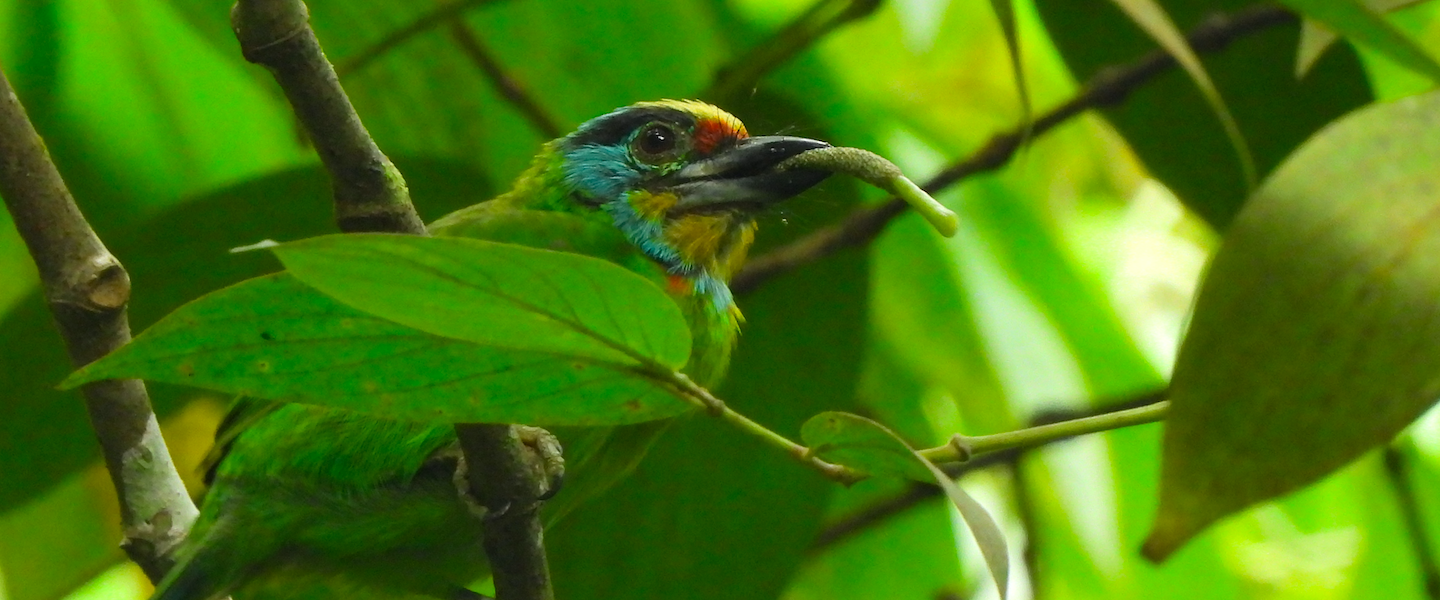A day-and-a-half stopover in Manila between Palawan and Vietnam gave Darío Gijón and me the opportunity to explore this megacity during our trip. Walking through the remnants of Spanish colonial times in this Asian city was fascinating, to say the least. Moreover, we got a chance to glimpse the diversity of Luzon, the largest and northernmost island in the Philippines. Since most of Palawan’s bird species are not found elsewhere in the archipelago, even the common species in Luzon were lifers for us. La Mesa Ecopark, a recreational area in Quezon City, lies on the edge of a watershed with well-preserved forest within Metro Manila. It’s just about an hour away from the city center by taxi. The park, having recently reopened, allowed us to enjoy some relaxed birdwatching.
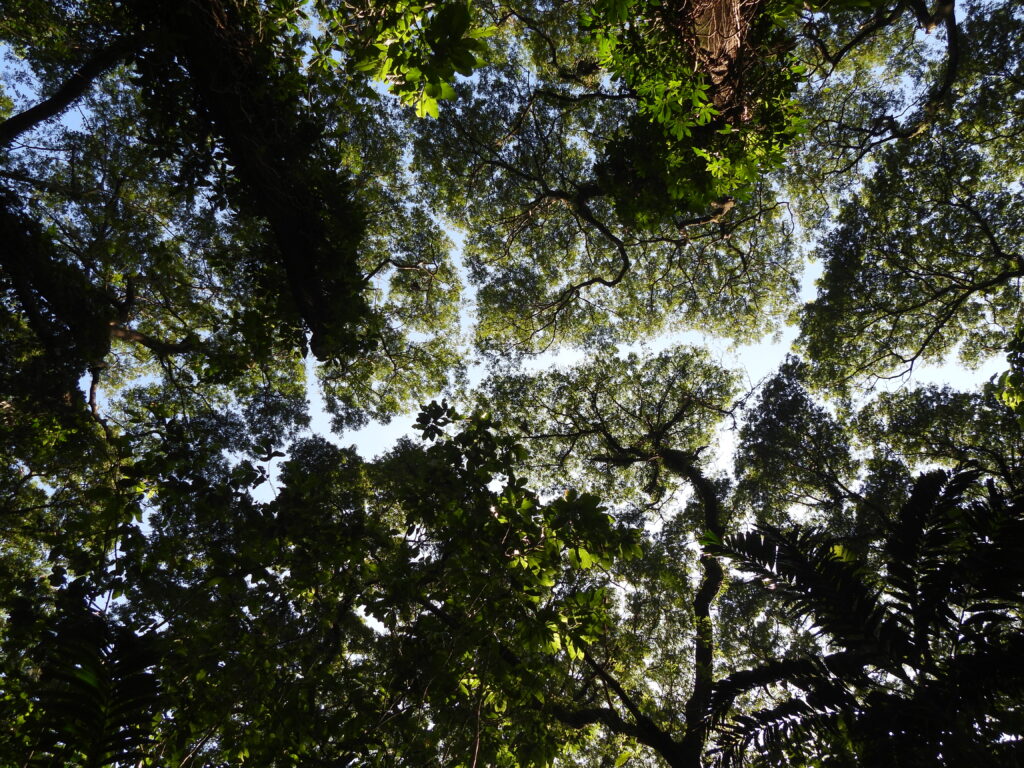
To avoid Manila’s chaotic traffic, we took a Grab and reached the park gate at 6:00 AM, although it appeared to open only at 7:00 AM after its renovation. Some areas, like the swimming pool and parts of the forest, were still closed, and the entrance fee was reduced (PHP 20 per person). While waiting on the entrance bridge, we spotted our first Philippine pied fantail (Rhipidura nigritorquis), golden-bellied gerygones (Gerygone sulphurea), and gray-backed tailorbirds (Orthotomus derbianus), the latter being endemic to southern Luzon.
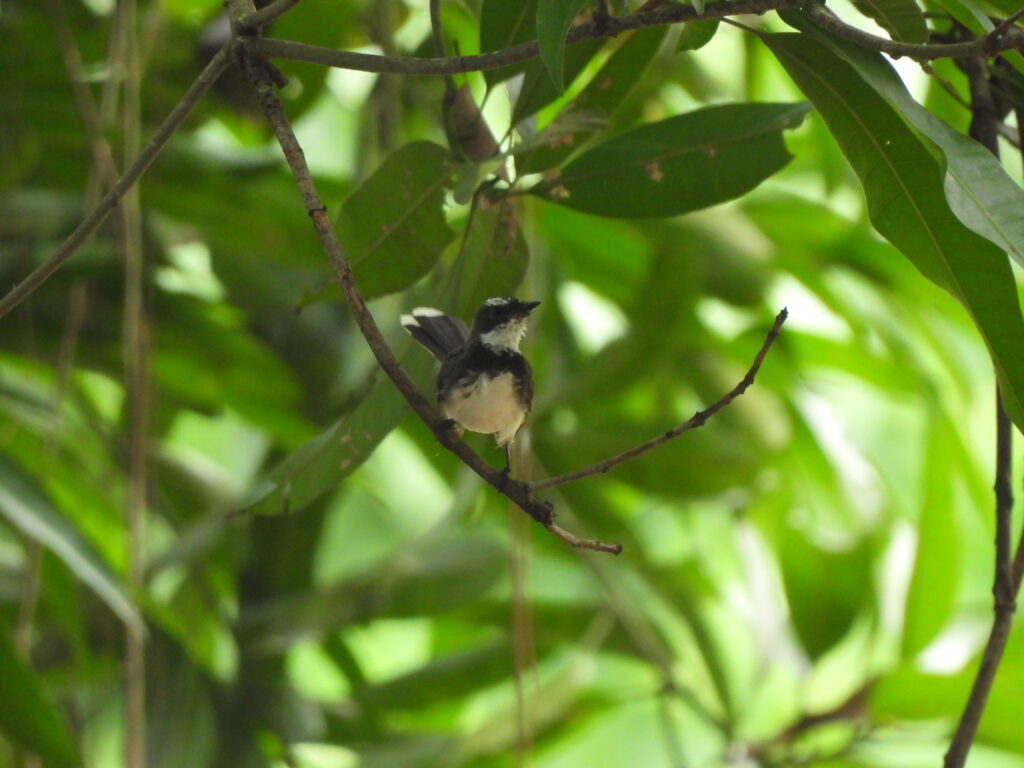
After walking through the gardens inside the recreational area, we reached the La Mesa Ecopark sign. Inside, we met local birders Russel Paul Orodio and Edgar Alan Zeta-Yap. We spent the morning together as they guided us to the best birdwatching spots currently open — the trees and dense vegetation along the road between the sign and the picnic area.
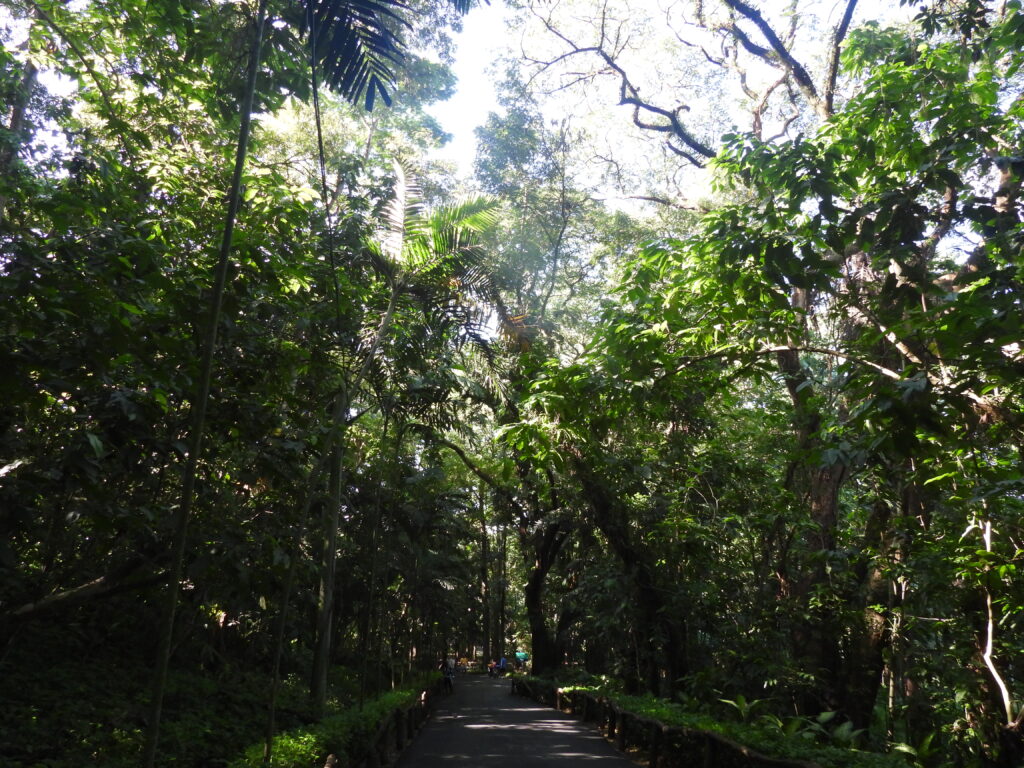
Russel kindly pointed out a nest of the ashy thrush (Geokichla cinerea), with the bird perched on top. It was perfectly hidden among the twigs and leaves close to the road. This ground thrush, restricted to the forests of Luzon and Mindoro, is extremely elusive and shy. However, birds in LMEP are relatively accustomed to human presence, making the park the most reliable place to spot the species. During the closure period, chances of finding the ashy thrush had greatly diminished. Unfortunately, just as I got my camera ready, the bird vanished into the shadows.
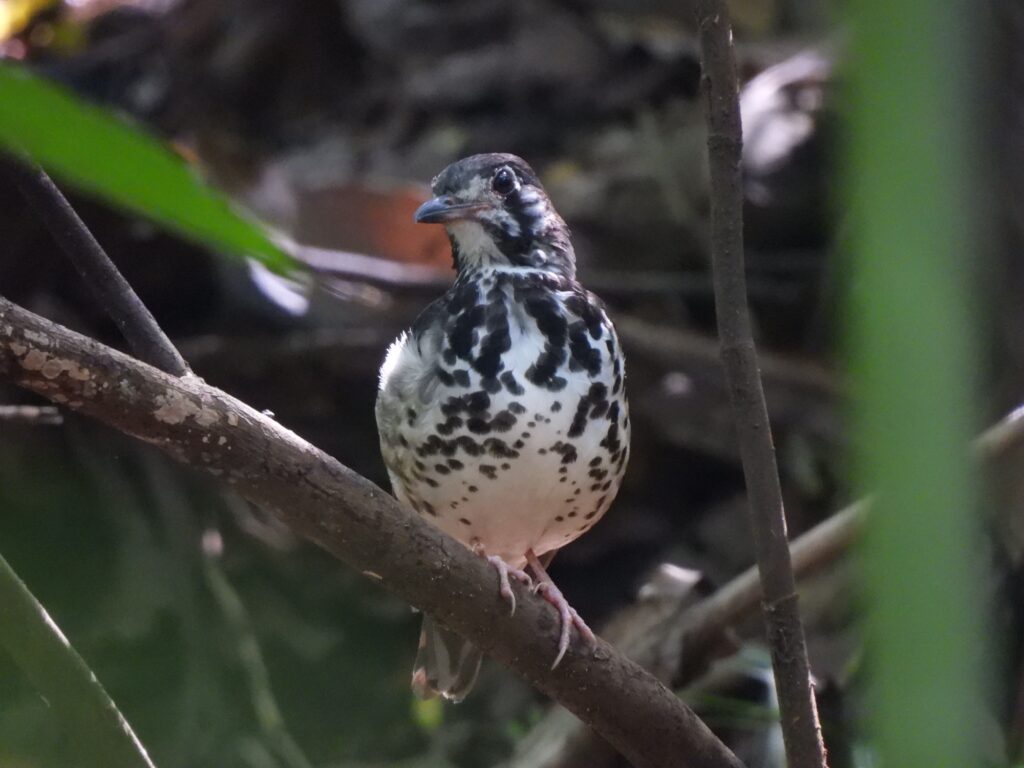
With the lifer secured, but only with unsatisfactory pictures, we sought out another of LMEP’s signature birds, the spotted kingfisher (Actenoides lindsayi), a stunning forest kingfisher found in the lowlands of several Philippine islands. A female was known to frequent the trees near the road and typically sang around 8:30 AM, a pattern Russel and Edgar were familiar with. Unfortunately, the bird didn’t show up today.
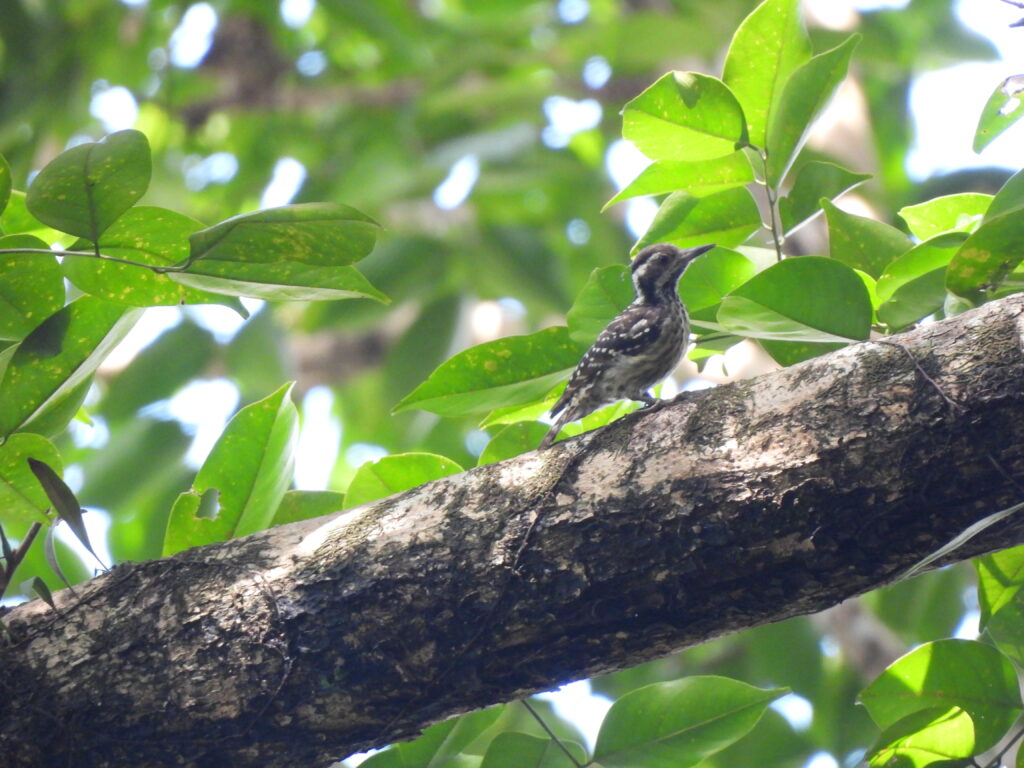
For hours, a western hooded pitta (Pitta sordida) called persistently near the sign along the road. Darío skillfully spotted it perched on a twig about 3 meters above the forest floor, giving us excellent views of this colorful bird as it sang.
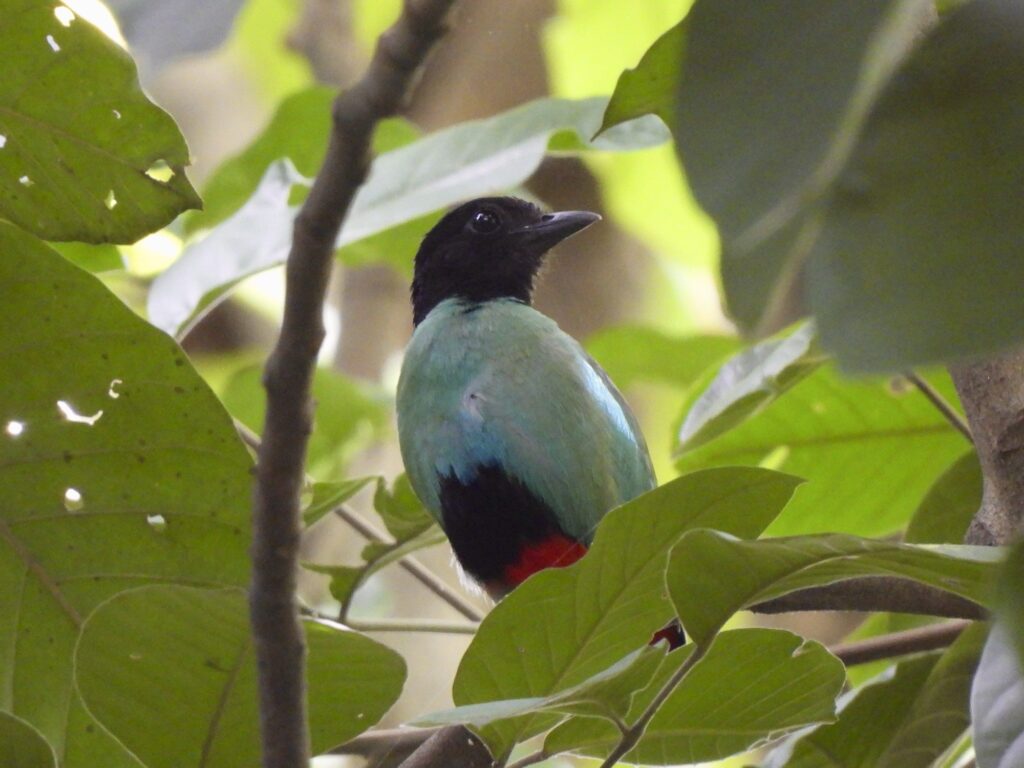
The line of tall trees between the road and the swimming pool area was quite productive. I spotted several Philippine pygmy woodpeckers (Yungipicus maculatus) and heard the distinctive calls of coppersmith barbets (Psilopogon haemacephalus). The biggest surprise was a stripe-sided rhabdornis (Rhabdornis mystacalis) creeping among the epiphytes. This bird, rarely recorded in LMEP, belongs to a group of Philippine endemics that have puzzled taxonomists for decades. Though rhabdornis are now considered aberrant starlings, their resemblance to treecreepers remains intriguing. This was an unexpected and exciting find.

The pair of ashy thrushes returned and stayed in view for quite some time. Their impeccable plumage was illuminated by the sun filtering through the forest. After taking hundreds of pictures and hearing a distant calling Philippine coucal (Centropus viridis), Darío and I followed Russel and Edgar’s directions to the picnic area in search of new species.
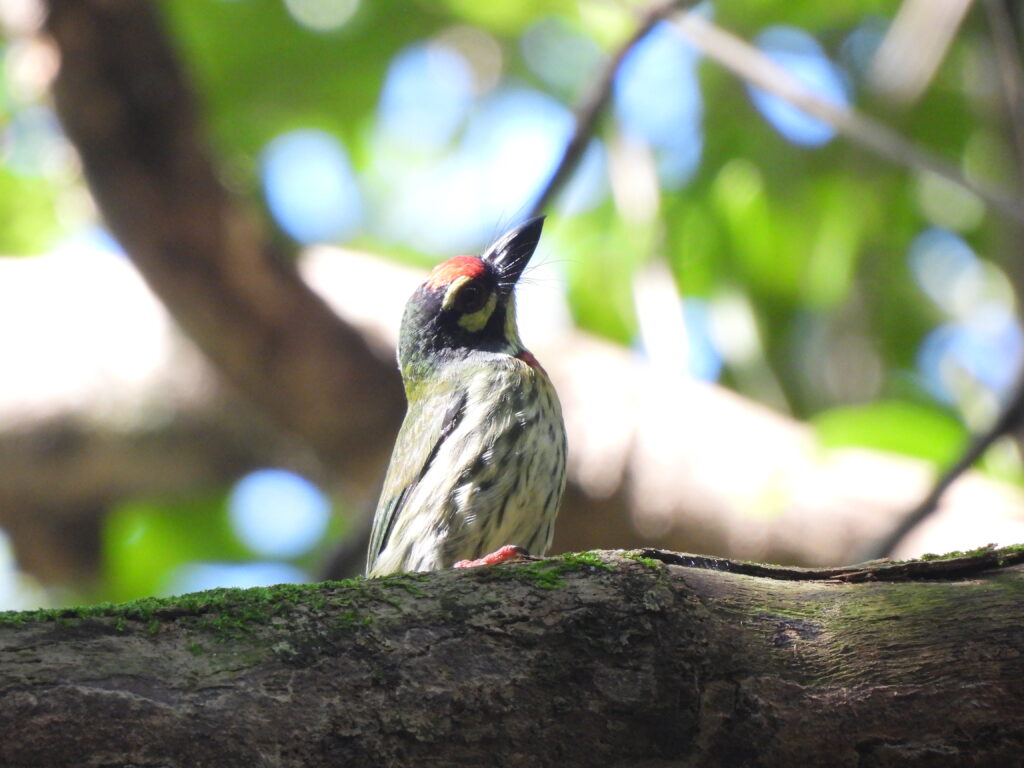
An unfamiliar call led us to a white-eared brown dove (Phapitreron leucotis) just beyond the park’s boundaries. The species is usually seen in the trees down there. As we approached, a small mixed-species flock provided good views of golden-bellied gerygone, and Philippine endemics elegant tit (Periparus elegans) and lowland white-eye (Zosterops meyeni), the latter restricted to northern Philippines.
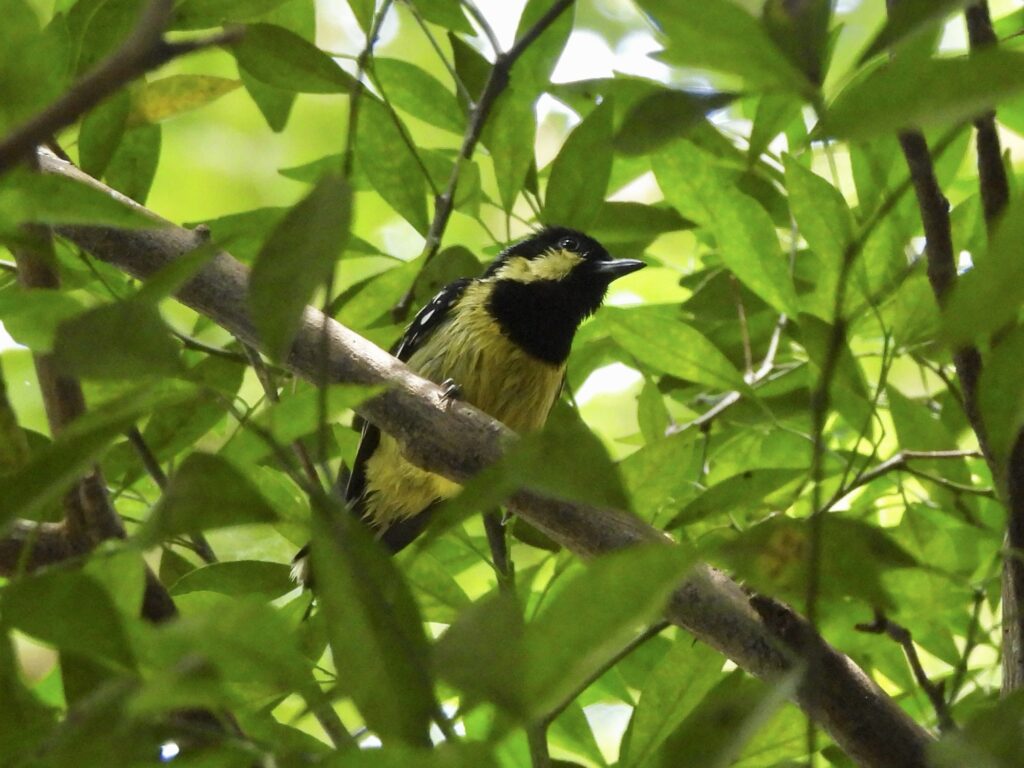
As our local fellows joined in, a stunning male garden sunbird (Cinnyris jugularis) perched cooperatively on a picturesque flower. Many species have recently been split from this taxon, formerly widespread and known as the olive-backed sunbird. This makes the garden sunbird endemic to the Philippines, separated from the birds of mainland Asia, the Sunda Islands, Wallacea, and Palawan.

A coppersmith barbet and a collared kingfisher (Todiramphus chloris) also made appearances, followed by the white-eared brown dove, which finally revealed itself, calling motionless from the canopy. This species has geographical variations in its head plumage pattern across the Philippines. The Luzon subspecies has a distinctive horizontal white line under the eye, extending across the ears.
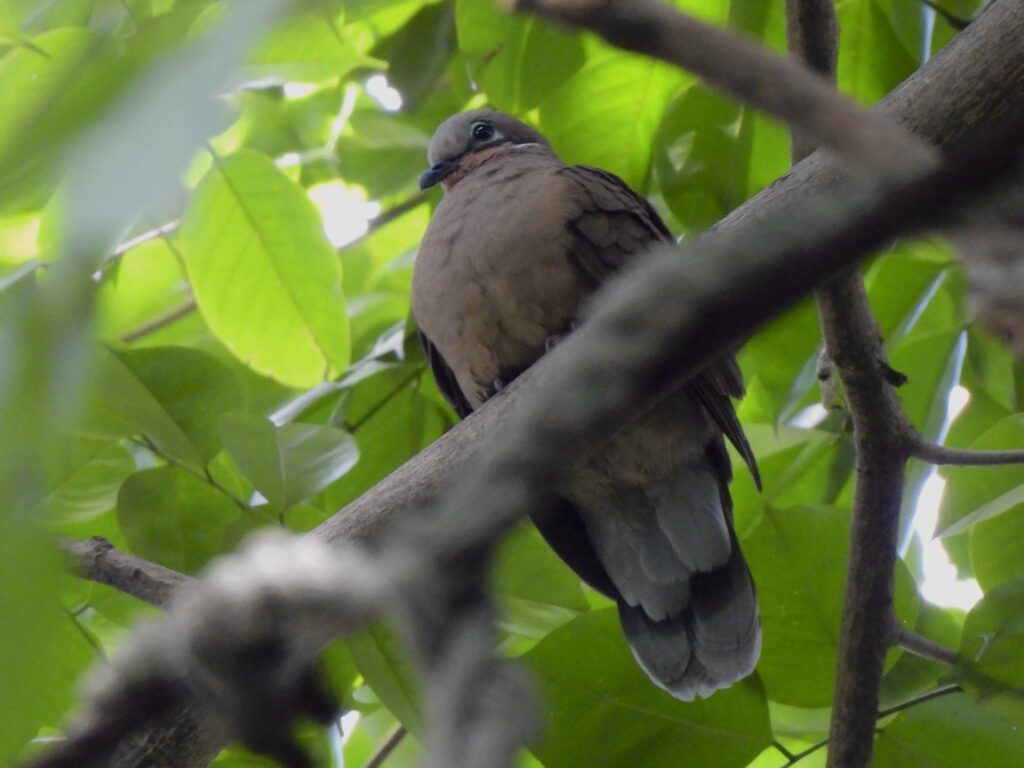
We wrapped up our visit by photographing an obliging Asian emerald dove (Chalcophaps indica) that flew between the four of us like a chubby dart after Edgar spotted it near some vegetation by the toilets. Shortly after we left, we heard from our friends that they had spotted a Philippine honey buzzard (Pernis steerei), a stunning endemic forest raptor.
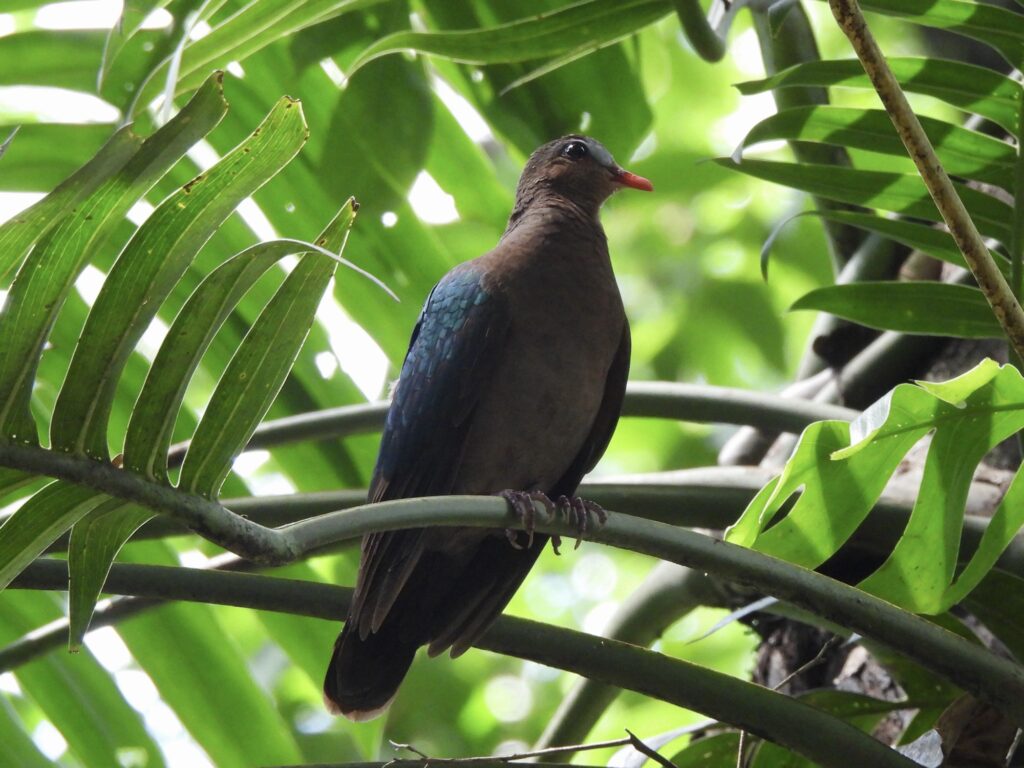
Despite missing the spotted kingfisher, LMEP exceeded our expectations, delivering all our target species in just a few hours. This park is an excellent option for birdwatchers stopping in Manila who want to get acquainted with Luzon’s specialties, even with limited time to venture beyond Metro Manila (e.g., Subic Bay or Mt. Makiling), as we did.

